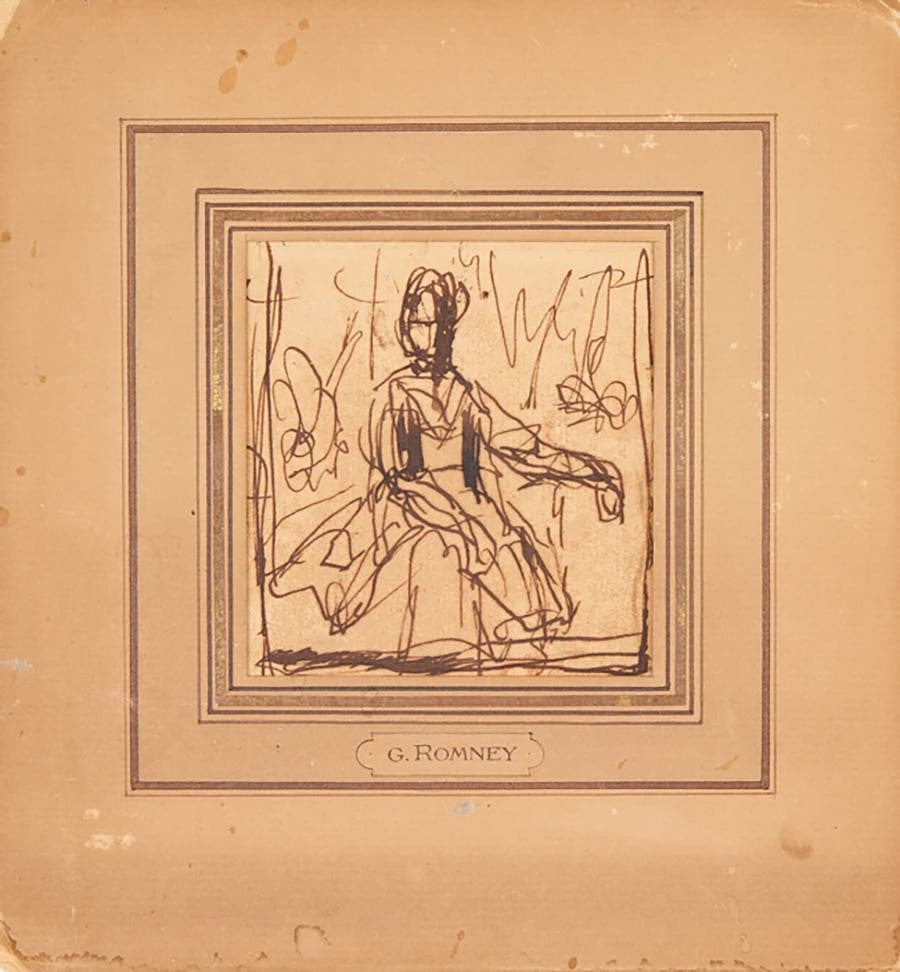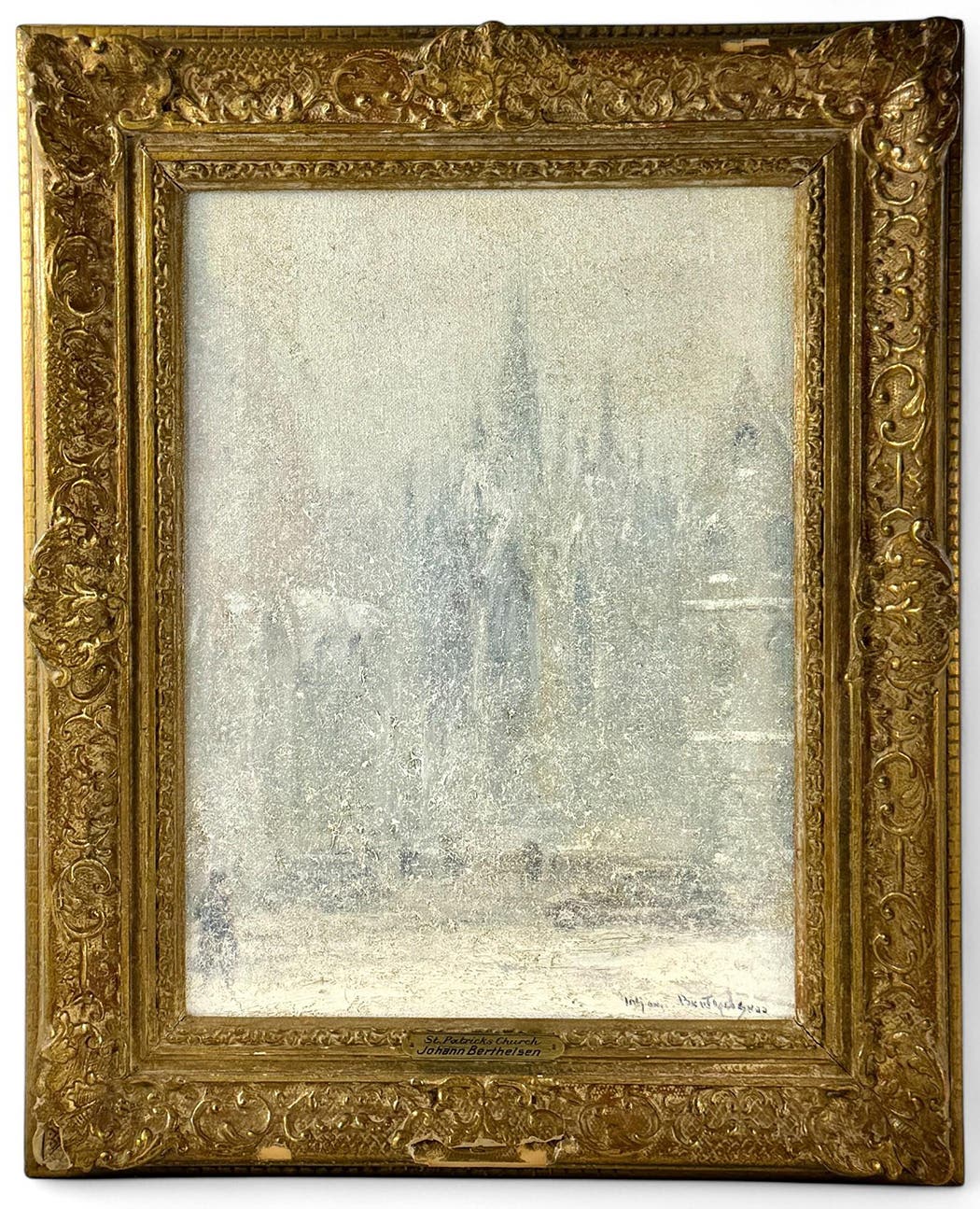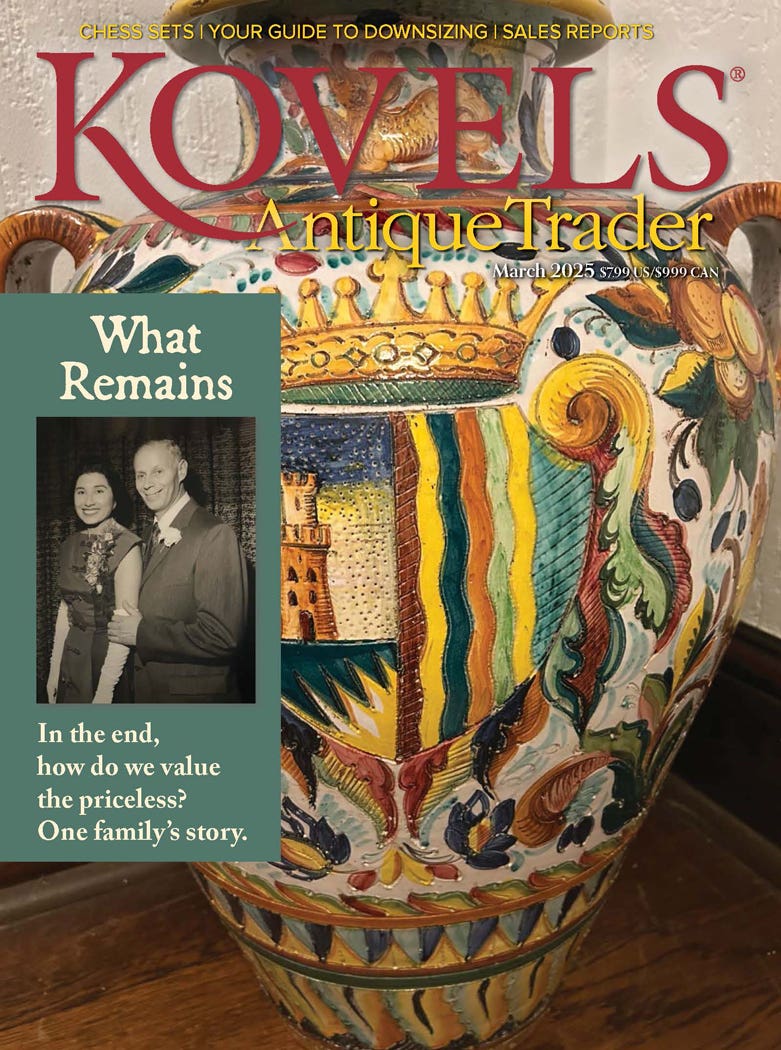Archaeologists Find 3,000-Year-Old City in Egypt
Discovery of the ‘lost golden city’ is hailed as one of the biggest finds since King Tut’s tomb in 1922.
A team of Egyptian archaeologists has unearthed one of the largest ancient cities to ever be discovered in Egypt, and the find is being hailed as one of the most important since Tutankhamen's tomb in 1922.
The city, called “The Rise of Aten,” was discovered by a team led by prominent Egyptian archaeologist Zahi Hawass, who made the announcement on his Facebook page on Thursday. The city was found under the sand on the western bank of Luxor, about 300 miles south of Cairo.
The city dates to the reign of King Amenhotep III, who ruled Egypt between 1391 and 1353 BCE, according Hawass. "It was the largest administrative and industrial settlement in the era of the Egyptian empire," he said.
Hawass said archaeologists first excavated the site in September 2020 in an attempt to search for King Tut’s mortuary temple, and soon uncovered their stunning find — well-kept mud-bricks formations that turned out to be a large city dating to the golden age of pharaohs 3,000 years ago.
“Within weeks, to the team’s great surprise, formations of mud bricks began to appear in all directions,” Hawass said in his statement. “What they unearthed was the site of a large city in a good condition of preservation, with almost complete walls, and with rooms filled with tools of daily life.”
Archaeologists found the "city's streets flanked by houses," with intact walls up to 10 feet high and "rooms filled with tools of daily life ... left by the ancient residents as if it were yesterday," such as rings, colored pottery vessels, casting molds to make scarab-beetle amulets, pots used to carry meat, and tools for spinning, weaving and metal and glass-making.
The team also found a large bakery "complete with ovens and storage pottery," whose size suggests it was used to cater to a "very large number of workers and employees," Hawass said.
Other discoveries include the skeleton of a person buried with arms stretched out to the side and rope wrapped around the knees.
"The location and position of this skeleton are rather odd, and more investigations are in progress," according Hawass, who describes it as a "remarkable burial."
"The discovery of this lost city is the second most important archaeological discovery since the tomb of Tutankhamun," Betsy Bryan, professor of Egyptology at Johns Hopkins University, said in the statement. Bryan had visited the site but was not involved in the excavation.
The team found an inscription on a pot dating back to 1337 BCE, which confirms the city was active during the reign of Amenhotep III's son, Akhenaten. Historians believe that one year after the pot was made, the city was abandoned and the capital moved to Amarna, 250 miles to the north, but the reasons for doing so remain unknown, according to the statement.
"The discovery of the Lost City not only will give us a rare glimpse into the life of the ancient Egyptians at the time where the emperor was at his wealthiest but will help us shed light on one of history's greatest mysteries: why did Akhenaten and Nefertiti decide to move to Amarna?" Bryan said.
Only further excavations of the area will reveal what truly happened 3,500 years ago, Hawass said.
To the north of the settlement, a large cemetery was uncovered, the extent of which has yet to be determined. So far, the mission has discovered a group of rock-cut tombs of different sizes that can be reached through stairs carved into the rock. A common feature of tomb construction in the Valley of the Kings and in the Valley of the Nobles. Work is underway and the mission expects to uncover untouched tombs filled with treasures, according to Hawass.
He also noted that two unusual burials of a cow or bull were also found inside one of the rooms, and investigations are underway to determine the nature and purpose of this practice.








